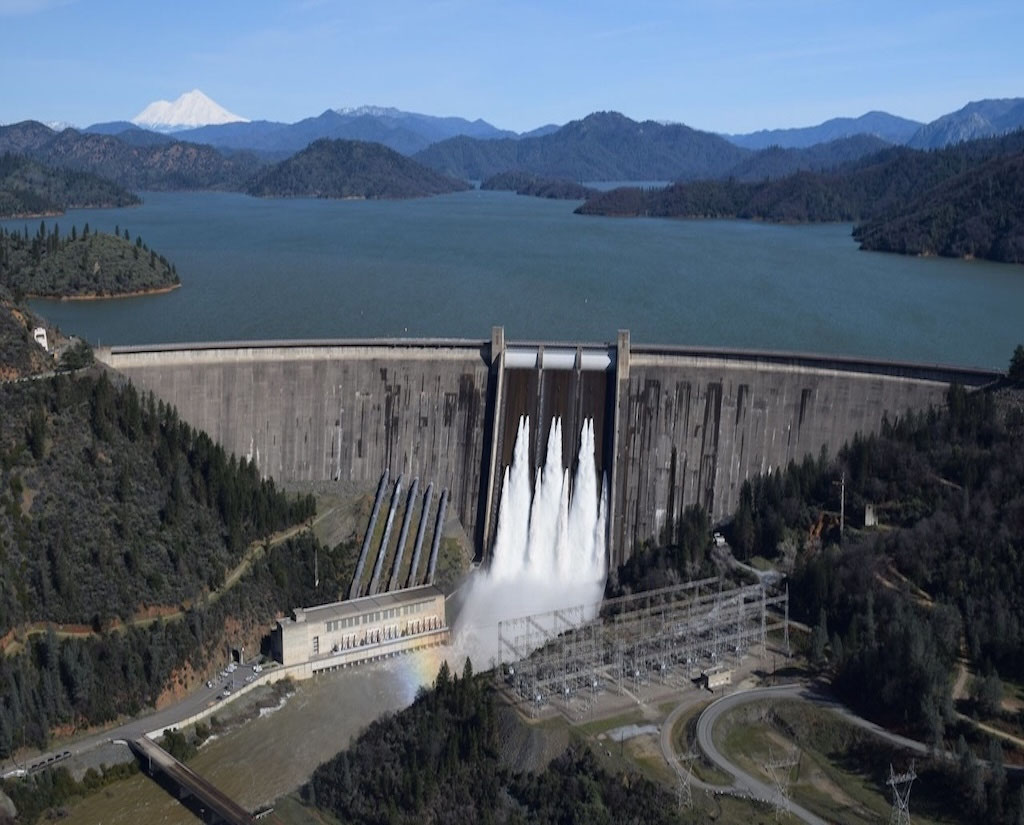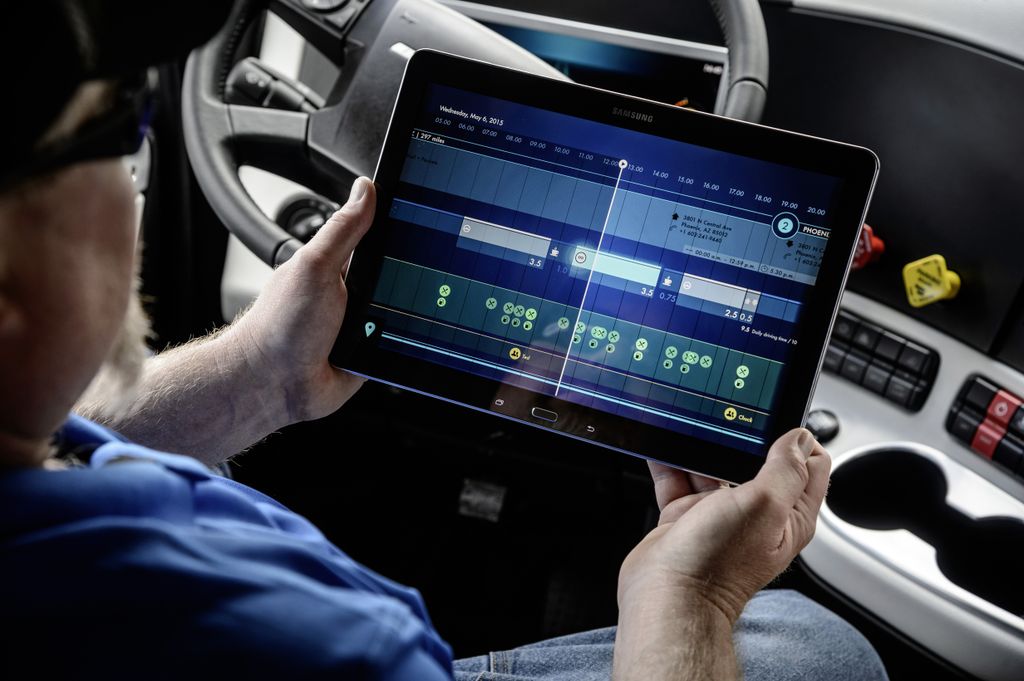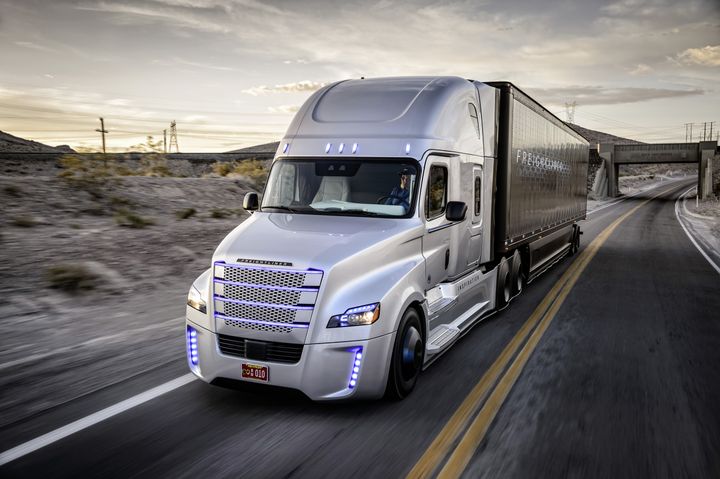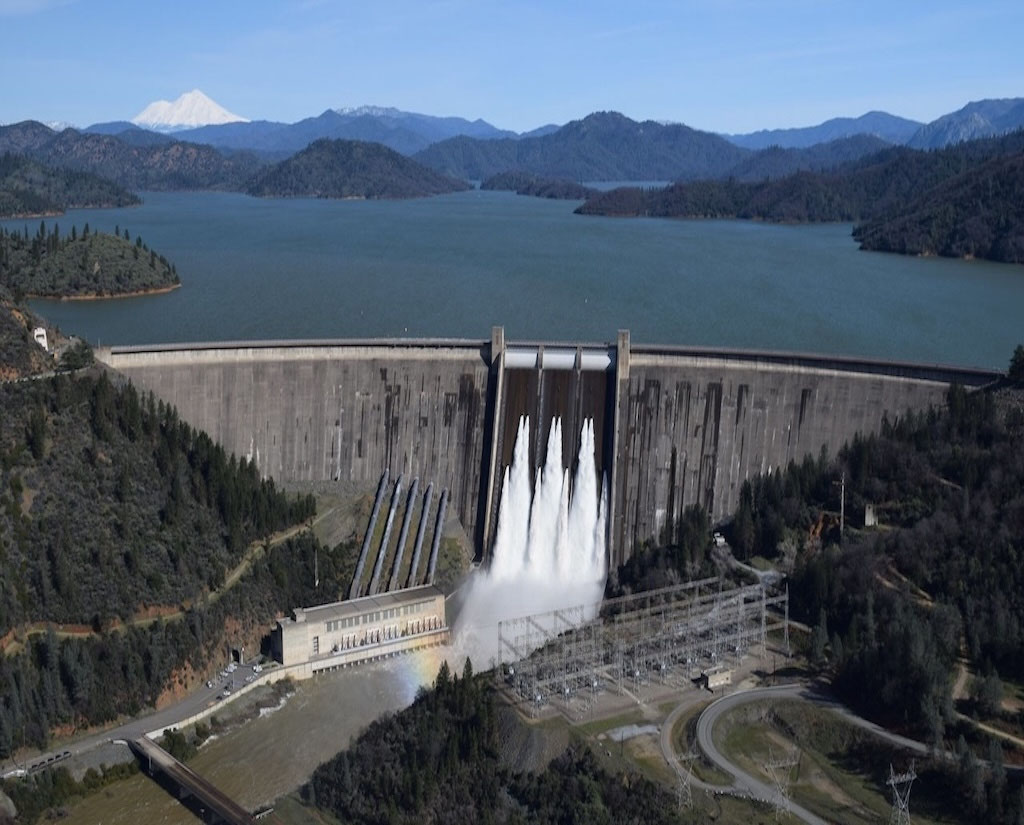
You impressed by self-driving cars? How about a self-driving truck. That's right, Daimler has just announced that its Freightliner Inspiration -- that would be an 18-wheeler -- is now licensed for autonomous driving in Nevada. It seems an ideal state to test things out, given the wide vistas (unless, of course, you were talking about driving in downtown Las Vegas.)
Once we get over the jitters about a computer controlling a ginormous truck, on the surface the idea makes sense. Truck drivers know well the dangers of monotony, and with full days behind the wheel staring at pavement, it could be argued that a computer would be ideal for the job. Computers don't get tired. Computers don't mind if the landscape looks the same, hour after hour. But is it really safe?
The challenge is pairing the long stretches of nothing with the short bursts of activity. Driving through a major city. Navigating a construction zone. Dealing with bad weather, be it snow or rain. While humans have their faults, they are still better at figuring out the road conditions in situations such as these. So Daimler plans to pair the drivers -- the human and the computer -- in their self-driving trucks.

While the truck drives, the person in the traditional driver's seat can monitor systems. Credit: Daimler Global
This is how the driving works: The driver stays on the road as usual until he or she hits the highway. At that point, the Highway Pilot can be activated. The truck stays on course using a stereo camera, radar and a collision-prevention system. Daimler positions the truck as potentially being even better than a driver, as it would (for example) tend to stick to the speed limit.
"The Highway Pilot system does not initiate autonomous passing maneuvers. These have to be executed by the driver," Daimler said in a statement. "The same is true for leaving the highway and changing lanes. Via the user interface, the Highway Pilot keeps the driver visually informed about its current status and accepts instructions."
And, Daimler emphasizes, there are both visual and auditory cues letting the driver know when the truck needs some help navigating the road. "The driver can deactivate the Highway Pilot manually and is able to override the system at any time," the company adds. "If the vehicle is no longer able to process crucial aspects of its environment, e.g. due to road construction or bad weather, the driver is prompted to retake control."

On this self-driving truck, a speedometer looks rather space-age. Credit: Daimler Global
But the technology still could use work. The company proudly displayed the truck's prowress atop the Hoover Dam at the Nevada-Arizona border, but the complex switchbacks required the driver to keep hands on the wheel just in case. All the same, Daimler reportedly said that its ability to send a truck on its own is as complex as landing humans on the moon, which humans did with computer assistance in 1969.
Questions naturally arise about how certain situations will be managed. If a self-driving truck (or car) is involved in an accident, is the truck or the driver at fault? What happens if the automated mode can't easily be switched off? What if the truck becomes self-thinking? (That last question wasn't serious, but really -- this could be an awesome sci-fi follow-up to the Stephen Spielberg movie classic, Duel.)
What do you think is the best way to pair technology with driving?
Top image: The Daimler Freightliner Inspiration truck, a self-driving 18-wheeler. Credit: Daimler Global








